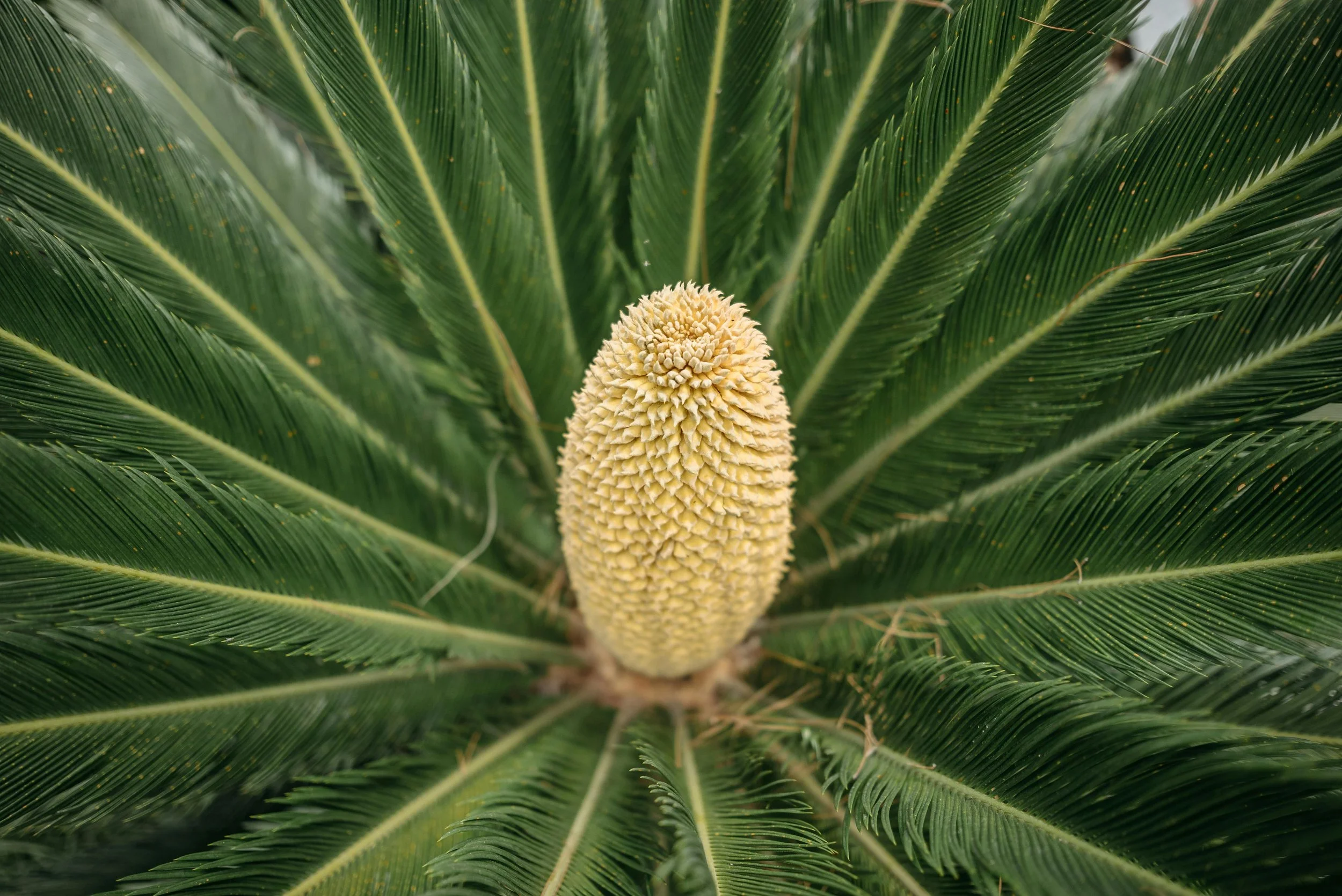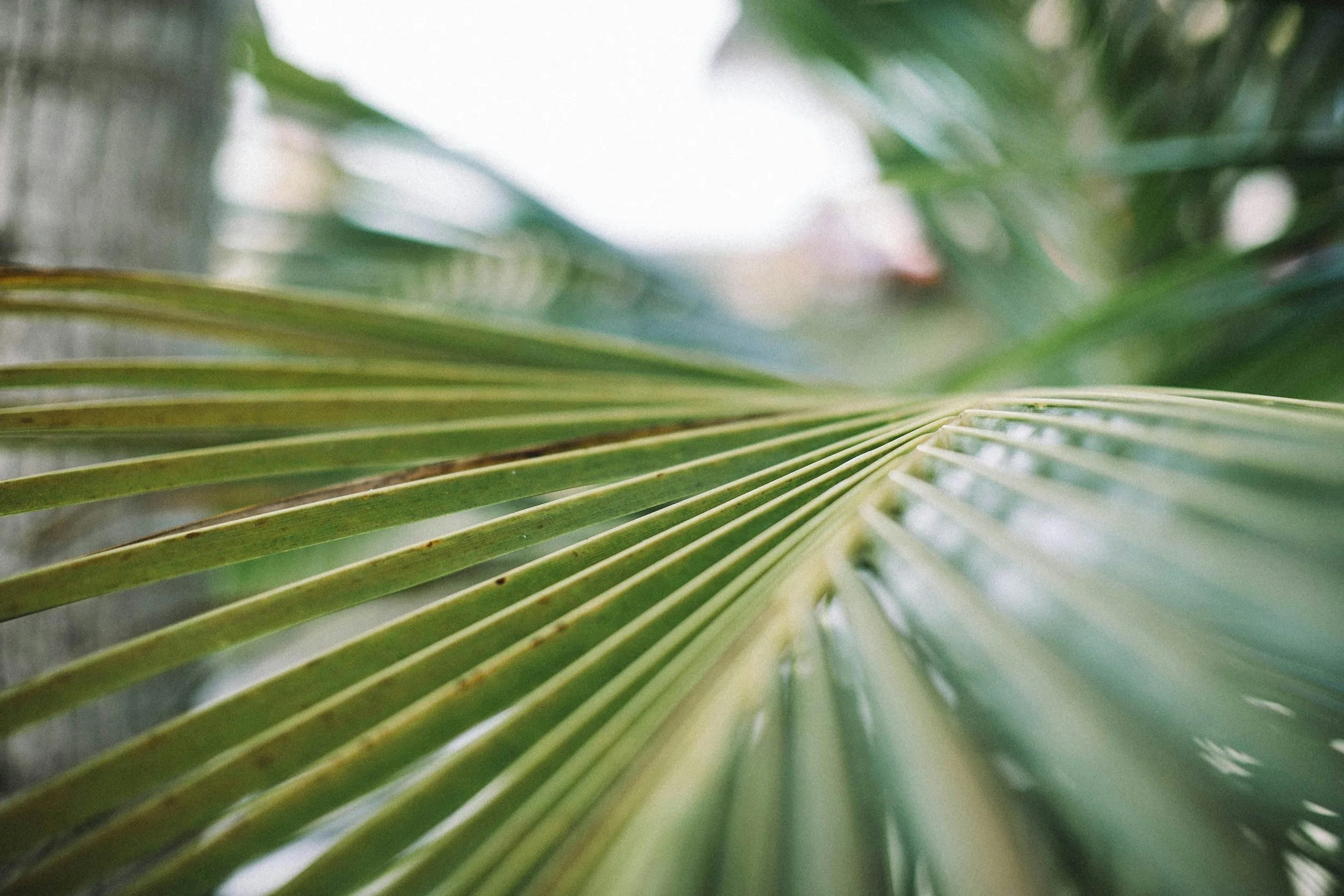Sago Palms Make Your Yard Look Dated
Need Real Houston Garden Answers? I am Here to Help!- Todd Farber, Aggie Horticulturist
Sago Palms Make Your Yard Look Dated (And They Might Kill Your Dog) 🏡☠️
When it comes to landscaping in Houston, trends evolve, and some plants that were once widely used are now outdated and impractical. One such plant is the sago palm (Cycas revoluta), a staple of Texas landscapes for decades but now a problematic choice for modern garden designs. Here’s why the sago palm has fallen out of favor, how it’s often misused, and what you should plant instead.
Why the Sago Palm Is Outdated
The sago palm, despite its name, is not a true palm but a cycad. It was once a go-to plant for adding a tropical feel to landscapes, but in today’s Houston gardens, it presents more drawbacks than benefits:
Hazardous Growth Habit – The sago palm’s sharp, rigid fronds don’t just look menacing—they are menacing. Whether it’s scratching up your legs, stabbing pedestrians, or making your entryway a gauntlet of pain, this plant is an accident waiting to happen.
Overuse and Monotony – Houston is full of beautiful, diverse plant options, so why stick with an outdated, overused, and downright uninspired choice? Sago palms scream yesterday’s landscaping and do nothing to set your yard apart.
Toxicity Issues – Did you know that every single part of a sago palm is highly toxic? That’s right—its seeds, leaves, and roots can be deadly to dogs, cats, and even humans. If you love your pets (and your peace of mind), this is one plant to keep far away from your home.
Maintenance Nightmares – Unlike many modern landscaping plants that thrive with minimal care, sago palms demand attention. Their fronds need constant trimming, and if you don’t stay on top of it, they quickly turn into a spiky, overgrown mess.
Trusted advice. No radio static.
Sago Palms Are Attacking Your Guests—Here’s What to Plant Instead! 🌿⚠️
One of the biggest landscaping sins is placing sago palms in high-traffic areas like island beds or near entryways. Their spiky fronds make it nearly impossible to walk past without getting poked or scratched. Imagine welcoming guests into your home—only for them to leave with war wounds from your landscaping choices. Not a great first impression.
Instead of these outdated, dangerous plants, consider these more functional and aesthetically pleasing alternatives that thrive in Houston’s climate:
Dioon edule (Mexican Cycad) – A safer and softer alternative to the sago palm, with a similar look but fewer hazards.
Texas Sabal Palm (Sabal mexicana) – A true palm that offers a more elegant and native touch without the sharp fronds.
Japanese Yew (Podocarpus macrophyllus) – An evergreen shrub with soft, fine-textured foliage that works beautifully in modern landscapes.
Dwarf Palmetto (Sabal minor) – A hardy, low-maintenance native palm that provides a lush, tropical feel without the risks of a sago.
Coontie (Zamia integrifolia) – A compact cycad that’s non-toxic and blends well into contemporary and traditional garden designs.
Download Safer Alternatives to Sago Palms Below
Conclusion
Sago palms are more than just outdated—they’re a hazard to pets, guests, and anyone who values a functional landscape. Houston homeowners looking to upgrade their outdoor spaces should ditch this tired, overused plant in favor of safer, more stylish alternatives.
For trusted Houston landscaping advice, turn to Todd Farber—an Aggie horticulturist with 30+ years of experience helping homeowners make smart, beautiful plant choices. Ask your question today through Ask Garden Guy and get personalized, no-fluff answers for your yard
For expert landscape advice tailored to Houston’s unique climate and design trends, trust professionals like Todd Farber, an experienced Aggie horticulturist. The right plant choices can transform your outdoor space into a beautiful and practical oasis—without the risk of impalement or poisoning!
🌱 Want more gardening tips? Hit this button for exclusive content!


